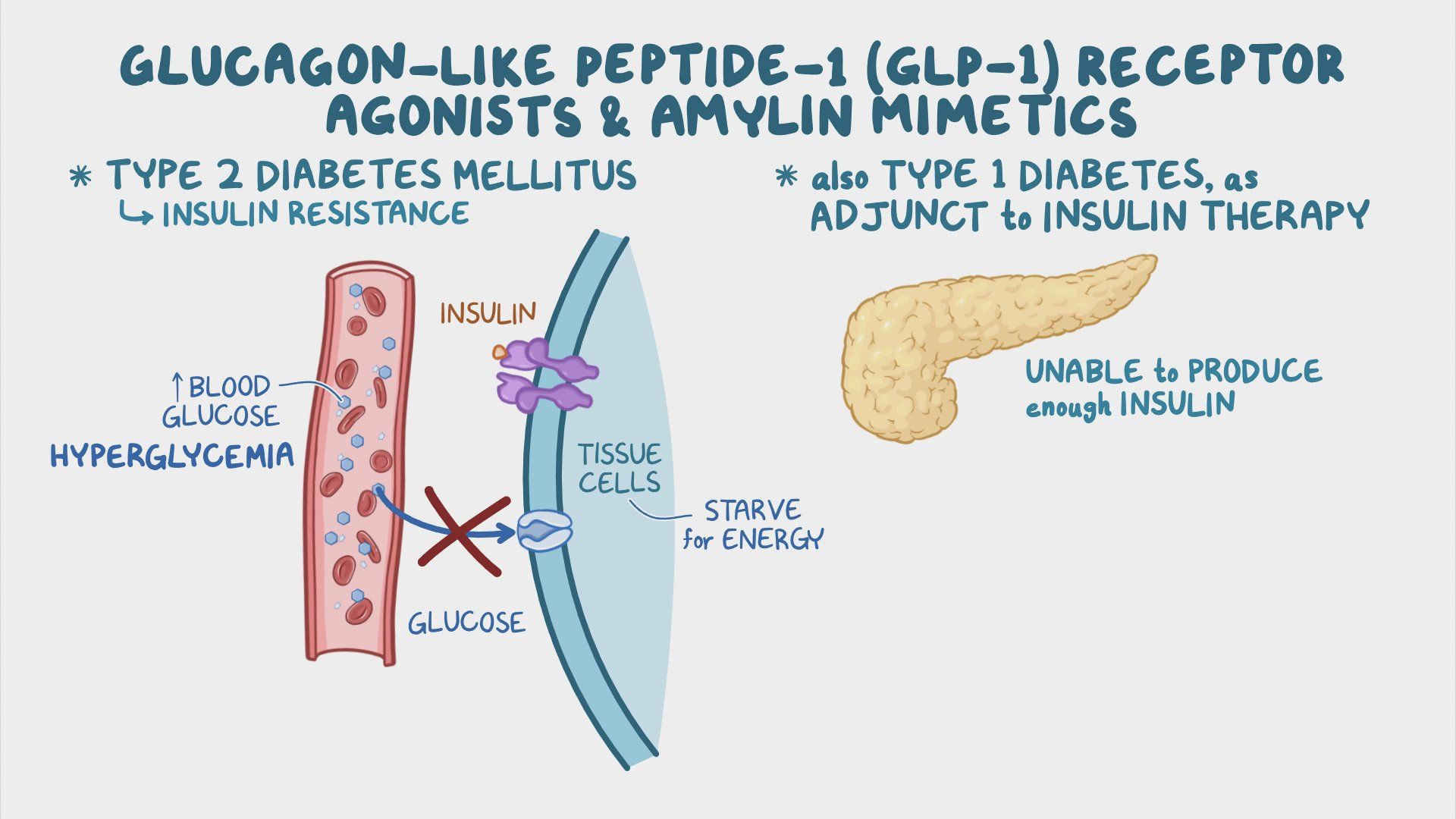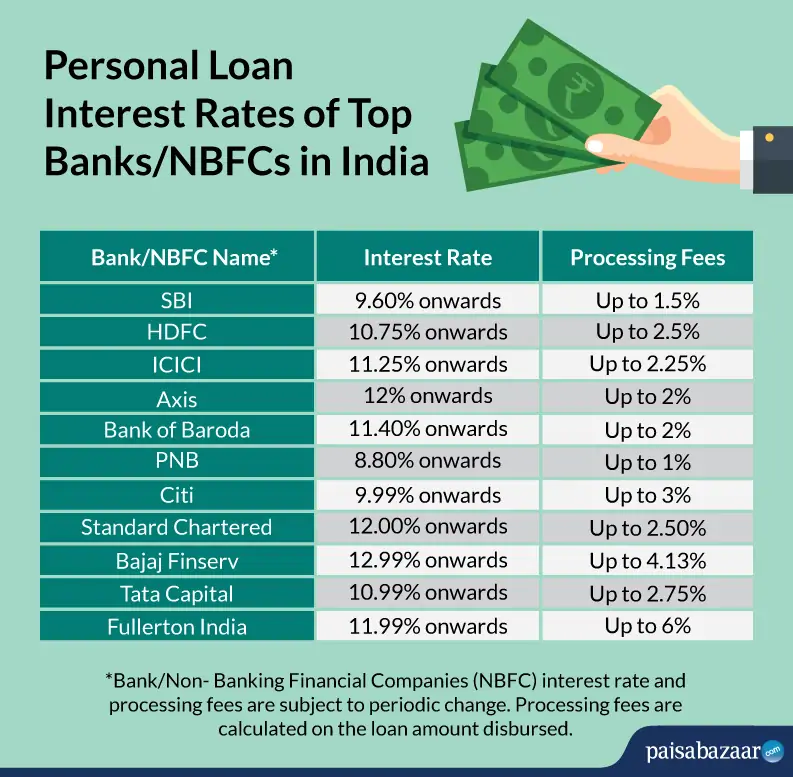Global Cities Facing Increased Risk From Dangerous Climate Whiplash

Table of Contents
The Intensifying Threat of Climate Whiplash in Urban Environments
Climate whiplash refers to the rapid and unpredictable transitions between extreme weather events. Instead of a gradual change in climate, cities experience abrupt swings, such as a prolonged drought immediately followed by devastating floods, or intense heatwaves giving way to unexpectedly frigid temperatures. This erratic behavior is significantly amplified by climate change, leading to increased frequency and intensity of these events.
The consequences are far-reaching and devastating. Consider these examples:
- Example 1: London, UK: Experiencing increasingly intense heatwaves followed by periods of torrential rainfall, leading to flash flooding that overwhelms drainage systems and damages critical infrastructure like the London Underground.
- Example 2: Cape Town, South Africa: Facing severe droughts impacting water resources and agricultural production, followed by intense periods of rainfall causing landslides and flooding in vulnerable communities.
- Example 3: New York City, USA: Experiencing unpredictable temperature swings impacting energy grids and leading to power outages, particularly during extreme heat waves and sudden cold snaps. This volatility stresses the city's infrastructure and increases the demand on the power grid.
Vulnerability of Urban Infrastructure to Climate Whiplash
Many global cities possess aging infrastructure ill-equipped to handle the unpredictable nature of climate whiplash. The rapid shifts between extreme weather events expose critical vulnerabilities across various sectors:
- Water Management Systems: Rapid transitions from drought to flood overwhelm drainage systems, leading to widespread flooding and contamination of water supplies. Aging pipes and inadequate water storage capacity exacerbate the problem.
- Transportation Networks: Extreme weather events, such as heavy snowfall followed by rapid thaws or flash floods, disrupt transportation networks, causing significant delays and economic losses.
- Energy Grids: Fluctuating energy demands due to temperature swings put a strain on energy grids, increasing the risk of blackouts and power outages. Extreme heat can also damage power lines and substations.
- Buildings: Older buildings are particularly susceptible to damage from extreme heat, cold, or flooding. Lack of insulation can lead to extreme temperatures inside, while poor drainage can result in water damage.
Public Health Impacts of Climate Whiplash in Global Cities
The unpredictable nature of climate whiplash significantly increases public health risks. Extreme heatwaves lead to heatstroke, while sudden heavy rainfall increases the risk of waterborne diseases. Respiratory illnesses are aggravated by poor air quality following wildfires or dust storms, while the psychological impact of frequent extreme weather events can lead to increased rates of anxiety and depression.
Vulnerable populations, including the elderly, children, and low-income communities, are disproportionately affected. These groups often lack access to adequate healthcare, cooling centers, or resources to protect themselves from extreme weather. The strain on healthcare systems during and after climate whiplash events is substantial, potentially overwhelming their capacity to respond effectively.
Economic Consequences of Climate Whiplash in Urban Areas
The economic consequences of climate whiplash are severe. Repairing infrastructure damage after extreme weather events places a significant financial burden on cities. Business closures, supply chain disruptions, and displacement of populations due to flooding or other extreme events lead to substantial economic losses. The potential for long-term economic consequences is significant, particularly for cities heavily impacted by repeated climate whiplash events. This can affect investment, tourism, and overall economic growth.
Adaptation Strategies for Mitigating Climate Whiplash Risks
Proactive planning and investment in climate-resilient infrastructure are crucial for mitigating the risks of climate whiplash. This includes:
- Improved Water Management Systems: Investing in robust drainage systems, water storage facilities, and efficient irrigation techniques to handle both droughts and floods.
- Renewable Energy Sources: Reducing reliance on vulnerable energy grids by investing in renewable energy sources such as solar and wind power.
- Early Warning Systems: Developing advanced early warning systems for extreme weather events to enable timely evacuation and mitigation efforts.
- Green Spaces: Creating green spaces to mitigate urban heat island effects and reduce the impact of extreme heatwaves.
- Robust Building Codes: Implementing and enforcing stringent building codes to ensure structures can withstand extreme weather events.
International cooperation and knowledge sharing are essential for effective adaptation strategies. Cities can learn from each other's experiences and develop best practices to address the challenges posed by climate whiplash.
Conclusion
The escalating threat of climate whiplash poses profound challenges to global cities. The unpredictable nature of these extreme weather shifts strains urban infrastructure, public health, and economic stability. Addressing this growing risk demands immediate action. By investing in climate-resilient infrastructure, implementing robust early warning systems, and fostering international collaboration, cities can significantly reduce their vulnerability to climate whiplash and build a more sustainable and resilient future. Understanding and proactively addressing the effects of climate whiplash is crucial for the future of our global cities. Let's work together to mitigate the risks of climate whiplash and build more resilient urban environments.

Featured Posts
-
 Viktor Gyoekeres Kariyer Istatistikleri Ve Detayli Analiz
May 28, 2025
Viktor Gyoekeres Kariyer Istatistikleri Ve Detayli Analiz
May 28, 2025 -
 Todays Lowest Personal Loan Interest Rates A Comparison Guide
May 28, 2025
Todays Lowest Personal Loan Interest Rates A Comparison Guide
May 28, 2025 -
 Should You Consider Glp 1 Medications Weighing The Benefits And Risks
May 28, 2025
Should You Consider Glp 1 Medications Weighing The Benefits And Risks
May 28, 2025 -
 Cabinets New Rules Privacy Regulator Highlights Data Leak Concerns
May 28, 2025
Cabinets New Rules Privacy Regulator Highlights Data Leak Concerns
May 28, 2025 -
 Compare Personal Loan Rates Todays Offers
May 28, 2025
Compare Personal Loan Rates Todays Offers
May 28, 2025
